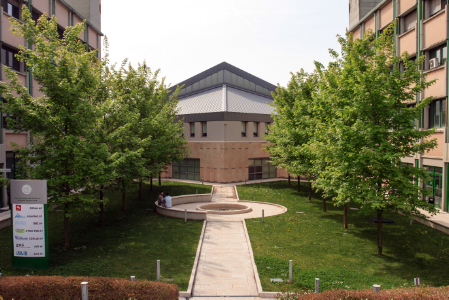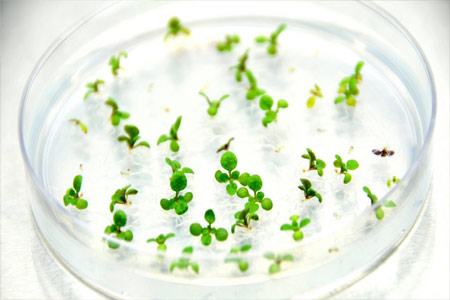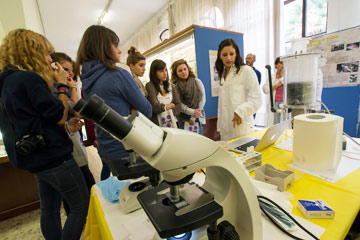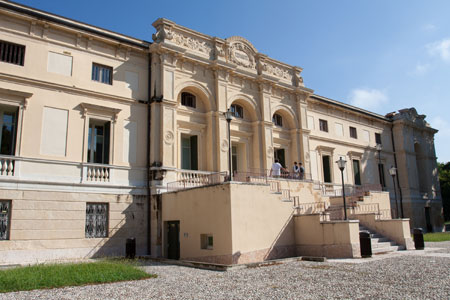Learning outcomes
To acquire basic knowledge on digital diagnostic images and to understand and learn how to code and apply the most applied algorithms used for image/volume visualization, segmentation, registration and classification.
Syllabus
1. Diagnostic imaging.
Goal: a review of image processing and an overview on images in hospitals.
-Digital images and related processing.
-Diagnostic imaging modalities: CT, MRI, US, PET, ecc.
-DICOM: image communication and archive in medicine
2. Visualization in radiology
-Overview of medical image applications: Computer Aided Diagnosis, surgical planning, simulation
- Volume data visualization, Surface and Volume rendering techniques
3. 3D data segmentation and visualization.
Goal: Describing the most used 3D-4D recosntruction and visualization used in the medical practice
-Thresholding, region growing, mathematical morphology
-Methods based on clustering in color space, Graph cuts, Watershed, MRFs
-"Snakes" and other 2D/3D deformable models
- Model based approaches
4. Image registration.
Goal: Introducing methods and applications of 2D/3D image registration
- Image based registration: rigid/nonrigid transforms, difference measures, interpolation methods, optimization approaches
- Point based registration: ICP, robust methods, related problems
5. Motion analysis
Goal: Introducing the computer vision techniques used to recover motion from image sequences.
- Motion field and optical flow
- Optical flow algorithms: block matching, Lucas-Kanade
6. Shape analysis
- Region/volume processing, feature extraction, distance functions, curve skeletons
7. Texture analysis
Goal: Introducing texture analysis and methods to extract features and characterize tissues appearance in diagnostic images
-Texture analysis basics
-Texture features: Gray Level Co-Occurrence Matrices. Run Length Matrices, Wavelets
-Supervised classification








